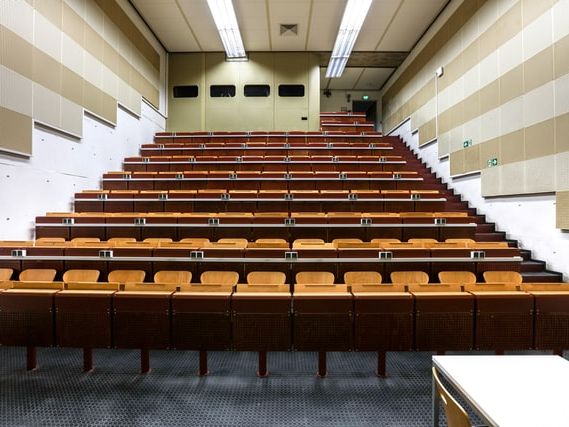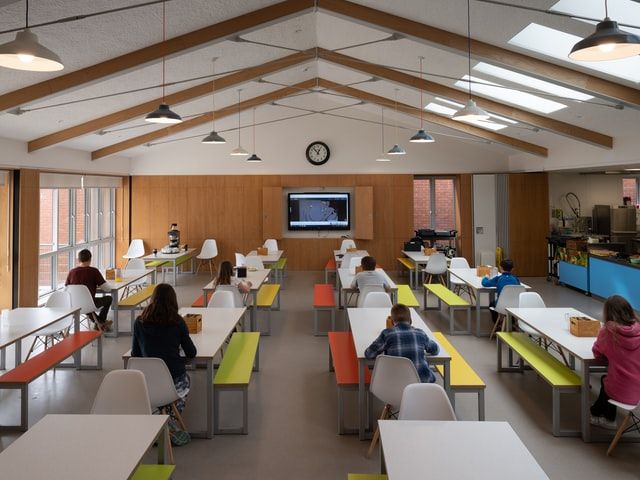Hybrid teaching formats
Hybrid teaching formats are defined as settings in which some of the course participants are able to take part online, either synchronously or asynchronously, as an alternative to the face-to-face sessions. This differs from blended learning scenarios, in which all students attend the course alternating between exclusively online and exclusively face-to-face. However, the main advantage of the flipped classroom concept can also be exploited in the hybrid semester: Valuable time together, whether online and/or in presence, is used for interaction and exchange, asynchronous offers (e.g. explanatory videos, scripts, literature, online exercises via DoIT or ILIAS) for knowledge transfer. Prof. Dr. Jürgen Hanke from the Philipps-Universität Marburg explains this using the example of the 2-Kohorten-Lösung (only in german language).
Hybrid teaching formats can be classified according to the extent to which presence and synchronous participation should be made possible (source: Competence Team Digital Teaching at J.G. University Mainz) (see Fig. 1).
Fig. 1: Classification of organisational forms of hybrid teaching-learning arrangements (source: lehre.uni-mainz.de/hybrid/ , last accessed on 07.09.2020).
The points A to D are only examples, between which there can be any number of intermediate and mixed forms.
For all scenarios, the ZMML supports you with especially eqioped rooms (in cooperation with the "Medienstelle"), individual consultations, training measures and the provision of digital tools such as Stud.IP, Opencast, BigBlueButton and ARSnova, including the corresponding instructions (see also Technical solutions for type A and B). Simply write to infoprotect me ?!elearning.uni-bremenprotect me ?!.de. For capacity reasons, however, we not offer on-site support during the events!

Type A: Minimum Presence | Maximum Synchronicity
Participants are divided into small groups and invited to attend the face-to-face sessions alternately. The online participants of the other groups are connected via video conference and can actively participate.
more
Type C: Minimum presence, maximum asynchrony
The main teaching/learning activities take place online and asynchronously; the participants in the course attend face-to-face counselling appointments as required or obligatory. The minutes of the counselling sessions are made available to everyone online.
more
Type D: Maximum presence, maximum asynchrony
The participants are divided into learning groups that regularly complete individual teaching/learning activities in presence (e.g. laboratory practicals). The documentation of these activities is made available online.
more
